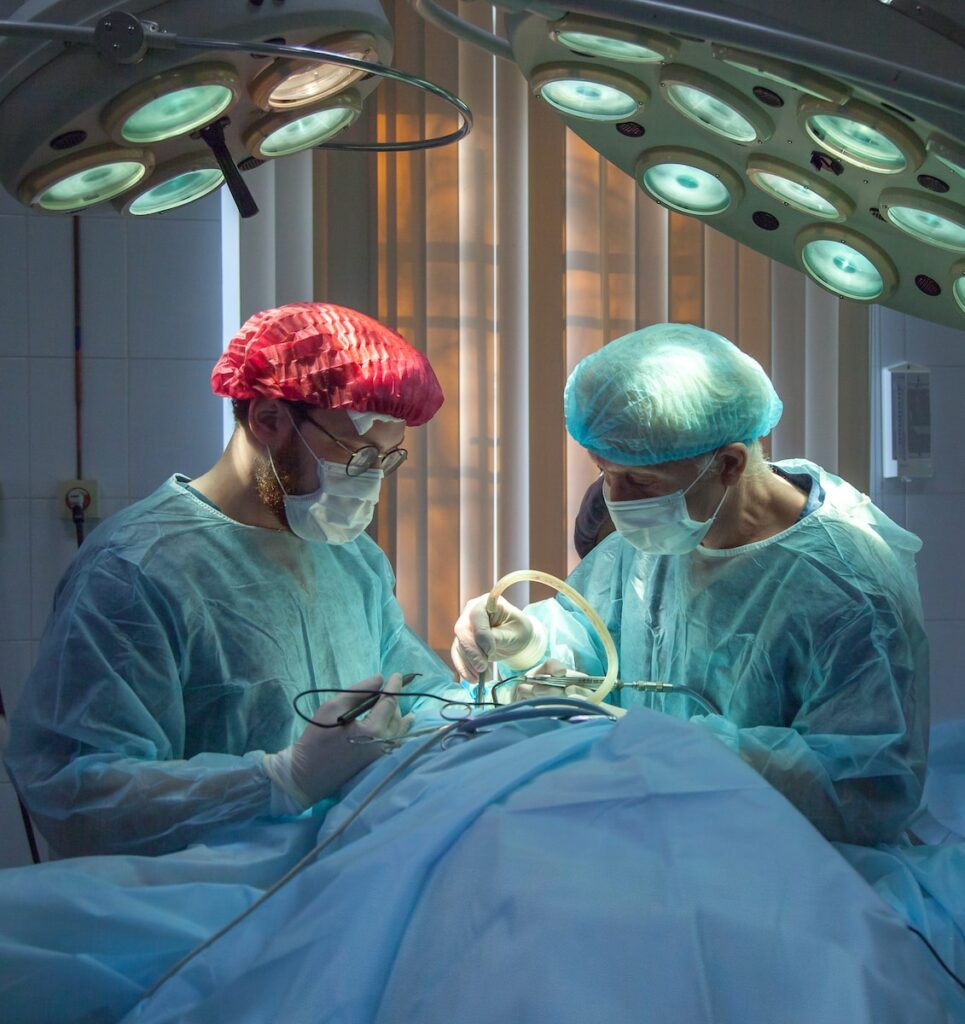Have you ever wished you had more prominent cheekbones or fuller cheeks? If so, you might be interested in cheek augmentation, a cosmetic procedure that can improve the shape and volume of your cheeks. Cheek augmentation can also help restore facial symmetry and balance after an injury or illness that affects the cheek area.
In this article, we will explain what cheek augmentation is, what are the different options available, what are the pros and cons of each option, and what to expect before, during, and after the procedure. We will also answer some frequently asked questions about cheek augmentation.

What is cheek augmentation?
Cheek augmentation is a cosmetic procedure that aims to enhance the appearance of the cheeks by adding volume, projection, or definition. Cheek augmentation can be done surgically or non-surgically, depending on the desired outcome and the patient’s preferences.
Surgical cheek augmentation involves placing implants or transferring fat to the cheek area. Non-surgical cheek augmentation involves injecting fillers or other substances to plump up the cheeks.
Cheek augmentation can have several benefits, such as:
- Improving facial harmony and proportions
- Creating a more youthful and attractive look
- Correcting facial asymmetry or deformity
- Boosting self-confidence and self-esteem

What are the options for cheek augmentation?
There are three main options for cheek augmentation: implants, fat transfer, and fillers. Each option has its own advantages and disadvantages, as well as different costs, risks, and recovery times. Let’s take a closer look at each option.
Cheek implants
Cheek implants are solid devices that are inserted under the skin and over the cheekbones to create more prominence and projection. Cheek implants are usually made of silicone, polyethylene, or Gore-Tex, and come in various shapes and sizes. Cheek implants can be customized to fit the patient’s anatomy and preferences.
Cheek implants are inserted through small incisions inside the mouth or near the eyes. The procedure is done under general anesthesia or sedation and takes about one to two hours. The recovery time is usually about 10 days, but swelling and bruising may last longer.
The pros of cheek implants are:
- They provide permanent results
- They look natural and feel firm
- They can correct severe volume loss or asymmetry
The cons of cheek implants are:
- They require surgery and anesthesia
- They have a higher risk of infection, bleeding, scarring, or implant displacement
- They may cause nerve damage or loss of sensation
- They may be difficult to remove or revise
Fat transfer
Fat transfer, also known as fat grafting or autologous fat transfer, is a procedure that involves harvesting fat from one part of the body (usually the abdomen, thighs, or buttocks) and injecting it into the cheeks. Fat transfer can add volume and softness to the cheeks, as well as improve skin quality and texture.
Fat transfer is done under local anesthesia or sedation and takes about two to four hours. The recovery time is usually about a week, but swelling and bruising may last longer. The results of fat transfer are semi-permanent, as some of the transferred fat may be reabsorbed by the body over time.
The pros of fat transfer are:
- It uses the patient’s own fat, which reduces the risk of allergic reactions or rejection
- It provides natural-looking and feeling results
- It can improve skin health and appearance
The cons of fat transfer are:
- It requires liposuction to harvest fat from another area
- It may not provide enough volume or projection for some patients
- It may result in unevenness or lumps in the cheeks
- It may need multiple sessions to achieve the desired outcome
Fillers
Fillers are injectable substances that are used to fill in wrinkles, lines, or hollows in the face. Fillers can also be used to augment the cheeks by adding volume and definition. Fillers are usually made of hyaluronic acid, calcium hydroxylapatite, poly-L-lactic acid, or polymethylmethacrylate. Fillers come in different formulations and viscosities to suit different needs and preferences.
Fillers are injected into the cheeks with a fine needle or cannula. The procedure is done under local anesthesia or lidocaine and takes about 15 to 30 minutes. The recovery time is minimal, but swelling and bruising may occur for a few days. The results of fillers are temporary, as they gradually dissolve over time. The duration of the results depends on the type of filler used, but it usually ranges from six months to two years.
The pros of fillers are:
- They provide immediate results
- They are minimally invasive and require no surgery or downtime
- They are adjustable and reversible
- They can create subtle or dramatic changes
The cons of fillers are:
- They provide temporary results
- They have a risk of allergic reactions, infections, or vascular complications
- They may cause overcorrection or undercorrection of the cheeks
- They may migrate or form granulomas in the cheeks
What to expect before, during, and after cheek augmentation?
Before undergoing cheek augmentation, you should consult with a board-certified plastic surgeon or dermatologist who has experience and expertise in this procedure. You should discuss your goals, expectations, and preferences with your doctor, and ask any questions you may have. Your doctor will evaluate your facial anatomy, skin quality, and medical history, and recommend the best option for you. You should also follow your doctor’s instructions on how to prepare for the procedure, such as avoiding smoking, alcohol, blood thinners, or certain medications.
During the cheek augmentation procedure, you will be given anesthesia or sedation according to the option you choose. Your doctor will then perform the procedure using the appropriate technique and device. You may feel some pressure, discomfort, or pain during the procedure, but this should be manageable with medication. The procedure may take from 15 minutes to four hours, depending on the option you choose.
After the cheek augmentation procedure, you will be monitored for a while and then allowed to go home. You should arrange for someone to drive you home and stay with you for the first night. You should also follow your doctor’s instructions on how to care for your cheeks, such as applying ice packs, taking painkillers, avoiding strenuous activities, sleeping with your head elevated, and keeping your mouth clean. You should also avoid touching or rubbing your cheeks, as this may cause infection or implant displacement. You should expect some swelling, bruising, numbness, or tightness in your cheeks for a few days or weeks after the procedure. These symptoms should subside gradually as your cheeks heal. You should also schedule follow-up visits with your doctor to monitor your progress and results.
Frequently asked questions about cheek augmentation
How much does cheek augmentation cost?
The cost of cheek augmentation varies depending on the option you choose, the doctor you see, and the location where you have the procedure done. According to RealSelf1, the average cost of cheek implants is $8,170, the average cost of fat transfer is $5,050, and the average cost of fillers is $1,350. However, these are only estimates and do not include other fees such as anesthesia, facility, or consultation fees. You should ask your doctor for a detailed quote before booking your procedure.
How long do the results of cheek augmentation last?
The results of cheek augmentation depend on the option you choose and how your body reacts to it. Cheek implants provide permanent results unless they are removed or revised. Fat transfer provides semi-permanent results that may last from several months to several years. Fillers provide temporary results that may last from six months to two years. You may need touch-ups or maintenance treatments to maintain or enhance your results.
What are the risks and complications of cheek augmentation?
Cheek augmentation is generally safe and effective when performed by a qualified and experienced doctor. However, like any cosmetic procedure, it has some potential risks and complications that you should be aware of. These include:
- Infection
- Bleeding
- Hematoma
- Seroma
- Scarring
- Nerve damage
- Loss of sensation
- Asymmetry
- Implant displacement
- Implant extrusion
- Implant infection
- Implant rupture
- Fat necrosis
- Fat embolism
- Fat resorption
- Unevenness
- Lumps
- Granulomas
- Allergic reactions
- Vascular occlusion
- Skin necrosis
- Blindness
These risks and complications are rare and can be minimized by choosing a reputable doctor, following their instructions, and reporting any problems or concerns as soon as possible.
Who is a good candidate for cheek augmentation?
A good candidate for cheek augmentation is someone who:
- Is in good physical and mental health
- Has realistic expectations and goals
- Is unhappy with their cheek appearance or volume
- Has flat, hollow, sagging, or asymmetrical cheeks
- Wants to improve their facial harmony and proportions
- Wants to look younger and more attractive
However, not everyone is suitable for cheek augmentation. You may not be a good candidate if you:
- Have an active infection or inflammation in the cheek area
- Have a history of keloid formation or poor wound healing
- Have a bleeding disorder or take blood thinners
- Have an autoimmune disease or immunosuppression
- Have a history of facial trauma or surgery that affects the cheek area
- Have severe allergies or sensitivity to anesthesia or fillers
You should consult with your doctor to determine if you are a good candidate for cheek augmentation and which option is best for you.
How to choose a doctor for cheek augmentation?
Choosing a doctor for cheek augmentation is an important decision that can affect your safety and satisfaction. You should do your research and compare different doctors and clinics that offer cheek augmentation. You should look for a doctor who:
- Is board-certified in plastic surgery or dermatology
- Has extensive training and experience in cheek augmentation
- Has a good reputation and reviews from previous patients
- Has a portfolio of before and after photos that show their work and results
- Has a style and aesthetic that matches your preferences
- Has a friendly and professional demeanor and communication skills
- Explains the procedure, risks, benefits, alternatives, and costs clearly and honestly
- Answers your questions and concerns patiently and thoroughly
- Respects your wishes and expectations
- Provides personalized care and follow-up
You should also visit the clinic where the procedure will be performed and check if it is clean, safe, comfortable, and well-equipped. You should also ask about the staff, facilities, equipment, anesthesia, and emergency protocols.
You should avoid choosing a doctor based on price alone, as this may compromise your safety and quality. You should also avoid choosing a doctor who:
- Is not board-certified or qualified in cheek augmentation
- Has little or no experience or training in cheek augmentation
- Has a bad reputation or reviews from previous patients
- Has no portfolio of before and after photos or shows photos that are not their own or are altered
- Has a style and aesthetic that does not match your preferences
- Is rude, arrogant, or pushy
- Does not explain the procedure, risks, benefits, alternatives, and costs clearly and honestly
- Does not answer your questions and concerns patiently and thoroughly
- Disregards your wishes and expectations
- Provides cookie-cutter or one-size-fits-all care
You should trust your instincts and choose a doctor who makes you feel comfortable, confident, and informed.
Conclusion
Cheek augmentation is a cosmetic procedure that can enhance the appearance of your cheeks by adding volume, projection, or definition. Cheek augmentation can improve your facial harmony and proportions, create a more youthful and attractive look, correct facial asymmetry or deformity, and boost your self-confidence and self-esteem.
There are three main options for cheek augmentation: implants, fat transfer, and fillers. Each option has its own pros and cons, as well as different costs, risks, and recovery times. You should consult with a board-certified plastic surgeon or dermatologist who has experience and expertise in cheek augmentation to determine which option is best for you.
Before undergoing cheek augmentation, you should prepare yourself physically and mentally for the procedure. You should also follow your doctor’s instructions on how to care for your cheeks after the procedure. You should expect some swelling, bruising, numbness, or tightness in your cheeks for a few days or weeks after the procedure. These symptoms should subside gradually as your cheeks heal. You should also schedule follow-up visits with your doctor to monitor your progress and results.
Cheek augmentation can have a positive impact on your appearance and self-image. However, you should also have realistic expectations and goals about what cheek augmentation can do for you. Cheek augmentation can enhance your natural beauty, but it cannot change your personality or solve your personal problems. You should also remember that cheek augmentation is not a one-time procedure, but a lifelong commitment that requires maintenance and care.
We hope this article has given you some useful information about cheek augmentation. If you have any questions or concerns about cheek augmentation, please feel free to contact us. We are happy to help you achieve your aesthetic goals.


